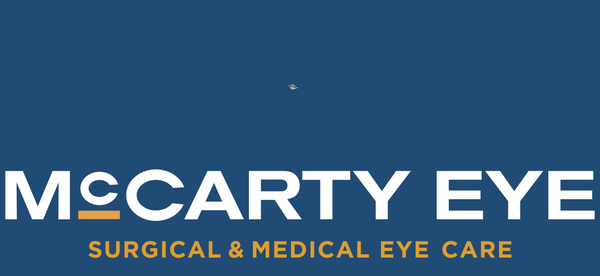A pterygium is a benign growth of thickened, scar-like tissue on the surface of the eye.
It originates on the white part of the eye, the conjunctiva, and grows onto the cornea, the clear front part of the eye. It is usually seen on the nose side of the eye but can grow from any portion of the conjunctiva. Pterygia can continue to grow or remain stationary over time.



